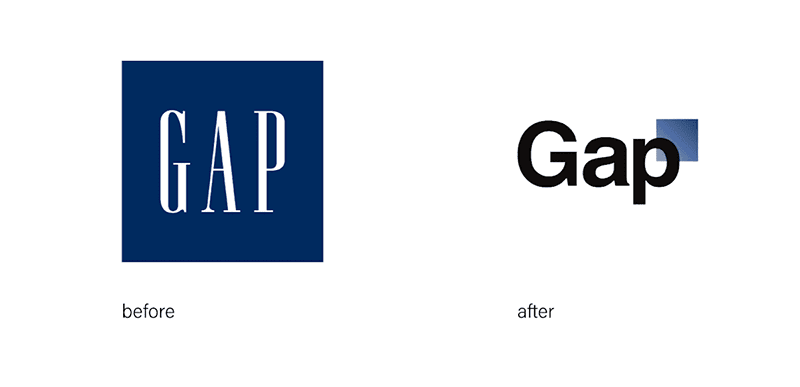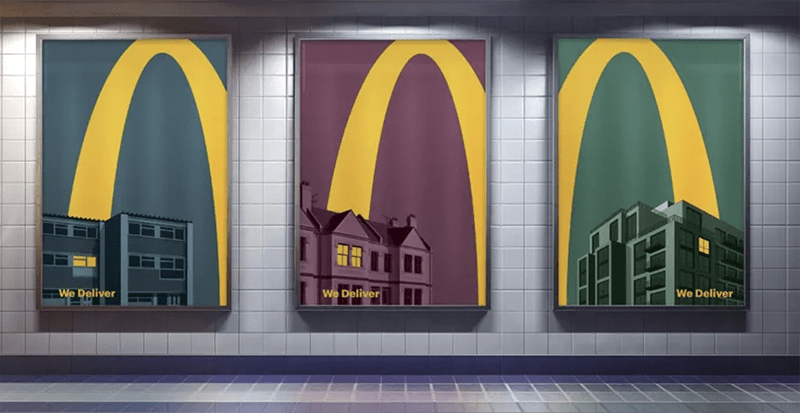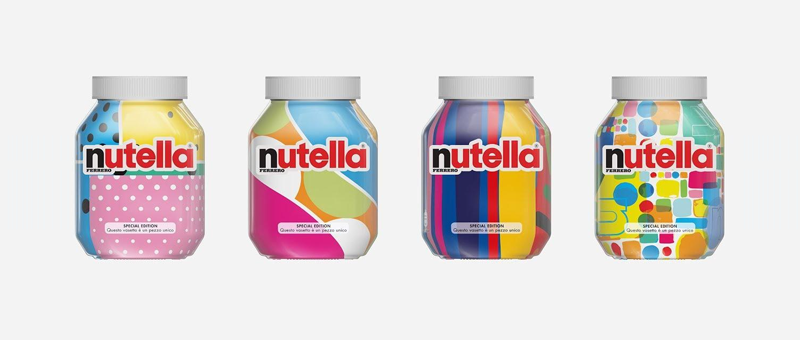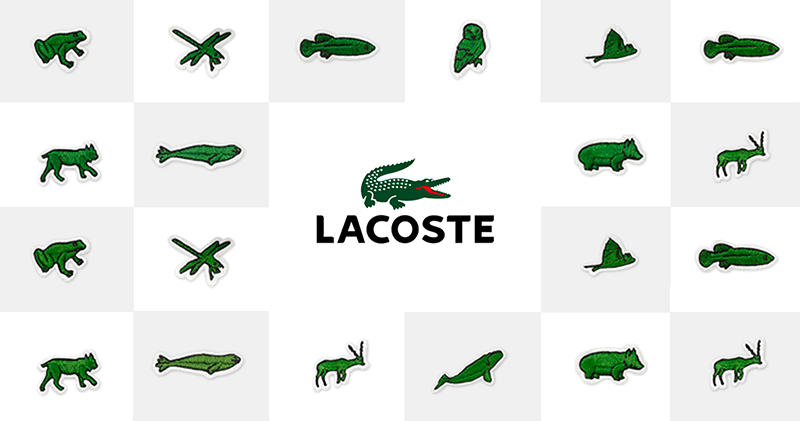
Unlocking the Power of Brand Consistency
July 13, 2023
When the Gap changed its logo pretty much overnight (in 2010), the response was fast and fierce. The old logo, which had remained unchanged for 20 years, was replaced by a version that was intended to signify Gap’s transition from “classic, American design” to “modern, sexy, and cool.”

The general public, taken by surprise, overwhelmingly rejected the seismic shift to the brand they knew. Amid the public outrage, the old logo was reinstated within a week, with an enormous rebrand bill lingering like a headache.
But what’s perhaps most surprising about this example of a ‘rebrand gone wrong’, is that Gap didn’t expect there would be such a violent aftershock to this out-of-the-blue transformation.
They hadn’t engaged in any change management communication to bring consumers on the journey; they didn’t even let all staff know about the incoming evolution, surprising many of them as much as the wider public. Perhaps if they’d brought them along for the ride, and explained why they were changing, there would have been a very different outcome.
This Time It’s Personal’—Brand Consistency Creates Emotional Equity with Consumers
Consumers have an emotional bond with brands—the familiarity they feel when they recognize a logo makes them feel safe and assured of the experience they will have when they interact with that brand.
Gravitating toward safety and familiarity is built into our DNA. We are effectively in a relationship with the brands around us, and just like the human relationships in your life, strong brand relationships are sustained by credibility, care, honesty, and consistency. Is it any wonder that loyal Gap customers felt cheated?
(That’s not to say that people don’t sometimes like to dance with a little disruption, excitement, and novelty—but most of us like to change on our own terms or with enough warning to prepare ourselves and adjust to our new reality.)
When consumers see your brand, it should serve as a beacon of recognition; a connection between the brand and the customer, where they feel safe in knowing what they are going to get behind the logo.
This is especially true of CPG packaging, where consumers navigate extremely cluttered shelves using the familiar codes they have internalized to recognize the brands they know and trust easily. Changing a strong brand color to a new palette, without warning could mean a busy consumer struggling to find you quickly where they expect you to be. Risky, when your competitors may be so easy to grab instead.
It goes without saying that anything that could jeopardize your brand saliency is a big risk. Harvard professor Gerald Zaltman indicated around “95% of purchasing decisions are subconscious, showing that purchasing is more of an emotional decision than a practical one… why do you buy the same brand of laundry detergent or frequent the same coffee shop? Because you know exactly what to expect and know you will enjoy the outcome. By giving consumers a dependable experience no matter the channel of communication, you instill a feeling of brand recognition, comfort, and trust, making them more likely to purchase from you again and again”
A consistent approach to brand representation also helps the all-important bottom line. A report by Lucidpress stated that “consistent brand presentation across all platforms can increase revenues by up to 23%.”
So for the sake of your consumers, your brand, and your bank account, keeping your brand consistently represented, and making sure that any necessary changes are handled with careful consideration, is a top priority.
How to Keep Your Brand Consistently Presented
To manage this consistent presentation, a brand has to be equipped to manage different marketing and branding professionals (who bring their own personality and ideas to the table), different environments, different formats and locations, and resonate with different customers.
There are several tools that can help with the practicalities of keeping your brand consistent (especially important if there are multiple cooks – brand managers, creative agencies, and marketing teams – in the kitchen.)
Style guides and brand books are a great investment, providing guidelines, standards, and rules to keep everyone who is working with your brand aligned and accountable. But, beyond the practical, it’s also vital that your entire team is aligned in knowing what your brand stands for and the all-important ‘reasons to believe.’
Some questions for brand teams to ask themselves:
- Do we look the same everywhere? Healthy brands are easy to recognize because they are always easily identifiable as themselves. Check all your collateral, packaging, signage, and website – are the colors, fonts, and photographic style consistent? Wherever your customer interacts with your brand, be it online or offline, you have to make sure they are having a consistent and easily recognizable brand experience.
- Are you providing a customer experience that is consistent with your brand? Failure to deliver on a brand promise is a sign of an unhealthy brand. Your brand promises must be consistent with the reality of your customer’s brand experience. If you feature ‘healthy options for kids’ as a central brand message but fail to make good on that promise, people will notice and your brand will suffer. In short, practice what you preach.
- Are you living your brand values? Brand guru, Marty Neumeier, says “When the external actions of a company align with its internal culture, the brand resonates with authenticity.” Authenticity brings trust; trust brings strong advocates for your brand.
Careful Evolution is Key
With all this being said, healthy brands do and should evolve.
But by putting in solid, consistent groundwork so people know what to expect from your brand, these evolutions are easier to swallow.
If you are communicating regularly and consistently with your consumers, you are able to bring them on the journey and make them feel part of the evolution.
Generally speaking, the safest way to approach brand evolution is to take a slow and incremental pace. Take Starbucks’ careful evolution from 1987 onwards, stripping back and simplifying the logo without losing the equity and identifiability with their customers.

Or Nike’s very gradual simplification of their brand mark.

There are a few exceptions where a complete brand overhaul can be transformational in a great way, but generally, this is reserved for brands that have little equity to hold them back.
Oatly, for example, was able to transform itself and redefine its brand identity, look, and tone of voice in one swift, simultaneous move, because its brand’s existing visual identity was at odds with the product and story behind it. The product was great, and people that tried it liked it, but they had very low market awareness and it was decided that the brand was holding them back from greater success. In this instance, the risk in throwing out everything was considered acceptable for the size of the potential reward.
Oatly is an anomaly though; generally speaking, changing too fast or too much in one go can cause enormous damage to brand perception and loyalty. The Gap’s, Tropicana’s, and Kraft’s of the world should serve as a warning to the majority, that carefully considered evolution is more palatable than revolution.
Consistency Is a Compounding Investment—The Dividend Is a Greater Creative Flex
Interestingly though, while the importance of brand consistency (particularly in the infancy and growth of a brand) is vital to building consumer trust and recognition, the dichotomous consequence of that ongoing consistent approach is that consumers will allow you some flex once you are well established.
Once your brand’s visual assets are embedded, there is the opportunity to ‘play’ with the different components (providing you are maintaining enough of your key brand assets to be recognizable).
Just as you would still be able to identify a family member with a new drastic haircut, brands that have consistent, repeated brand expressions on packs and through comms, are able to temporarily ‘get a mohawk’ and still be considered recognizable and safe.
Take Leo Burnett’s Mcdonald’s adverts, they only show a small portion of that golden arch, but you know exactly who the ad is for without them even mentioning the name of the brand or showing the product.

Equity allows for creativity. Once you have established yourself, you have the chance to push the boundaries with unbranded advertising or packaging. Whether it’s to drive home even greater brand awareness, like Doritos, confidently using their triangular shape and recognizable font to drive home their format and flavor proposition; or to try and create buzz like the interesting AI-inspired project Nutella unveiled in 2017. Keeping only the product name and ‘hiring an algorithm’ to uniquely redesign the rest of the pack with a different pattern for each jar, they were still unmistakably Nutella.

An especially powerful way of using consistency-created equity is to use your brand platform to show support for a cause.
Take Lacoste, temporarily changing out their famous crocodile motif to 10 threatened animals to help raise awareness about endangered species in 2018. Rather than causing harm to their brand by removing the iconic animal logo, they were widely praised for drawing attention to a worthwhile matter.

Or Cadbury’s complete ‘unbranding’ of Dairy Milk to donate to Age UK.

Maintaining their distinctive purple and glass-and-a-half icons ensured clear brand identification, but they used this platform to gift ‘the words’ from their pack to Age UK’s charitable campaign supporting loneliness in the elder community.
Keep Up The Good Work
Brand consistency has a compounding value, and the rewards are there for those who invest the time and effort into making sure they stay the course.
But consistency is not just a visual ideal—it has to be a state of mind for your business to make sure that you never grow complacent or lose your purpose.
Perhaps the most important thing to remember is that even if your packaging, advertising, and livery are spot on, your product or service also needs to consistently deliver on your brand promise to help keep that relationship with consumers one of familiarity and trust.


